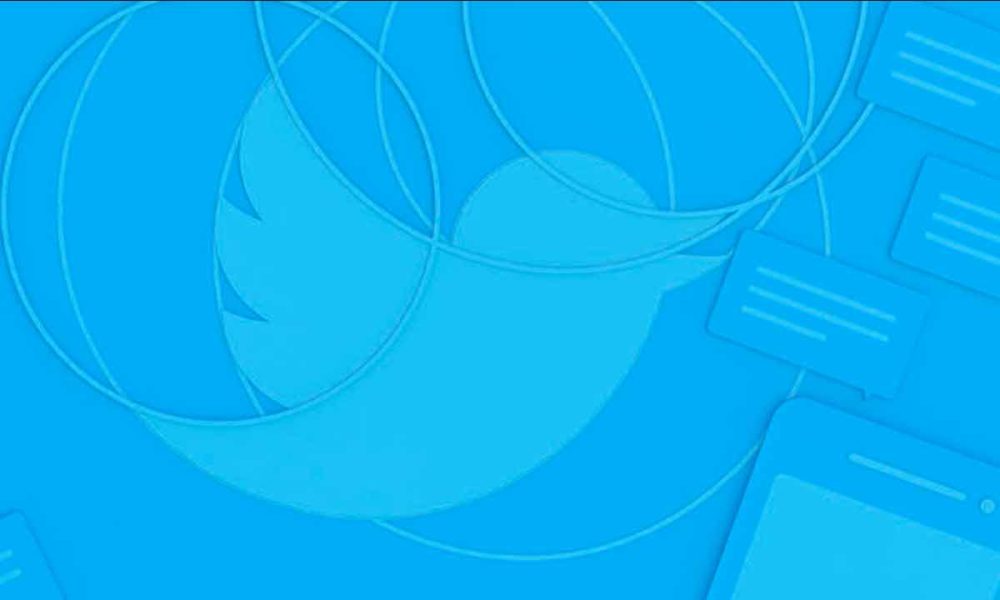
Barely 24 hours have passed since Jack Dorsey’s departure from Twitter, let alone Parag Agrawal’s appointment as the company’s new CEO, and they have already begun to notice the first changes in the social network. And it seems that Agrawal reaches the head of Twitter without any fear of controversy, since the first change has already raised blisters, with users who have welcomed it with open arms, and many others who see in it the schism of the platform.
The change has been announced, how could it be otherwise, through a tweet through the social network itself, in which we can read the following:
«Starting today, we will not allow private media such as images or videos of people to be shared without their consent. The policy also prohibits the publication of private information about individuals, as it poses a threat and incentivizes others to do so.«.
That is to say, from now on it will be essential that you have explicit authorization by a person to be able to publish photos and videos of the same on Twitter. Obviously, individually checking each medium uploaded to the network to verify if we really have said authorization is nothing short of impossible. And precisely because of this complexity, any user will be able to upload any photo, but the network will respond to any claim from people who appear in images and videos.
Beginning today, we will not allow the sharing of private media, such as images or videos of private individuals without their consent. Publishing people’s private info is also prohibited under the policy, as is threatening or incentivizing others to do so.https: //t.co/7EXvXdwegG
– Twitter Safety (@TwitterSafety) November 30, 2021
The acceptance of the measure, as I have already commented before, has not been homogeneous. On the one hand, we find users who see in this measure a breakthrough in the pursuit harassment through Twitter and public derision campaigns. And it is undoubted, and we have already raised it on many occasions, that social networks have a big problem with hatred, and probably, in this regard, Twitter tops the ranking. Thus, that any person can request the elimination of an image of theirs, could represent a step forward in this regard.
Other users, however, consider that with this modification in the policies of the social network sThe possibility of reporting all kinds of actions and people graphically will end, so informatively speaking, the value of Twitter in this regard will be greatly devalued. In addition, other users wonder what will happen if in a photograph taken on public roads, a person appears who does not want to go out on it, even if it is in the background or third plane.
The ideal solution in the latter case would be for the platform itself to offer a tool, integrated in the service, to blur faces. In the absence of this feature, for a long time users have used emotes to mask faces, although it is an interim solution, created by the users themselves, and that would not suit all cases. By introducing this new limitation, Twitter must provide the necessary solutions for its application.
However, the controversy is given by what I commented previously, by how this measure could be used to censor content that is “uncomfortable” for its protagonists. What do you think? Do you think this change is positive or negative?



